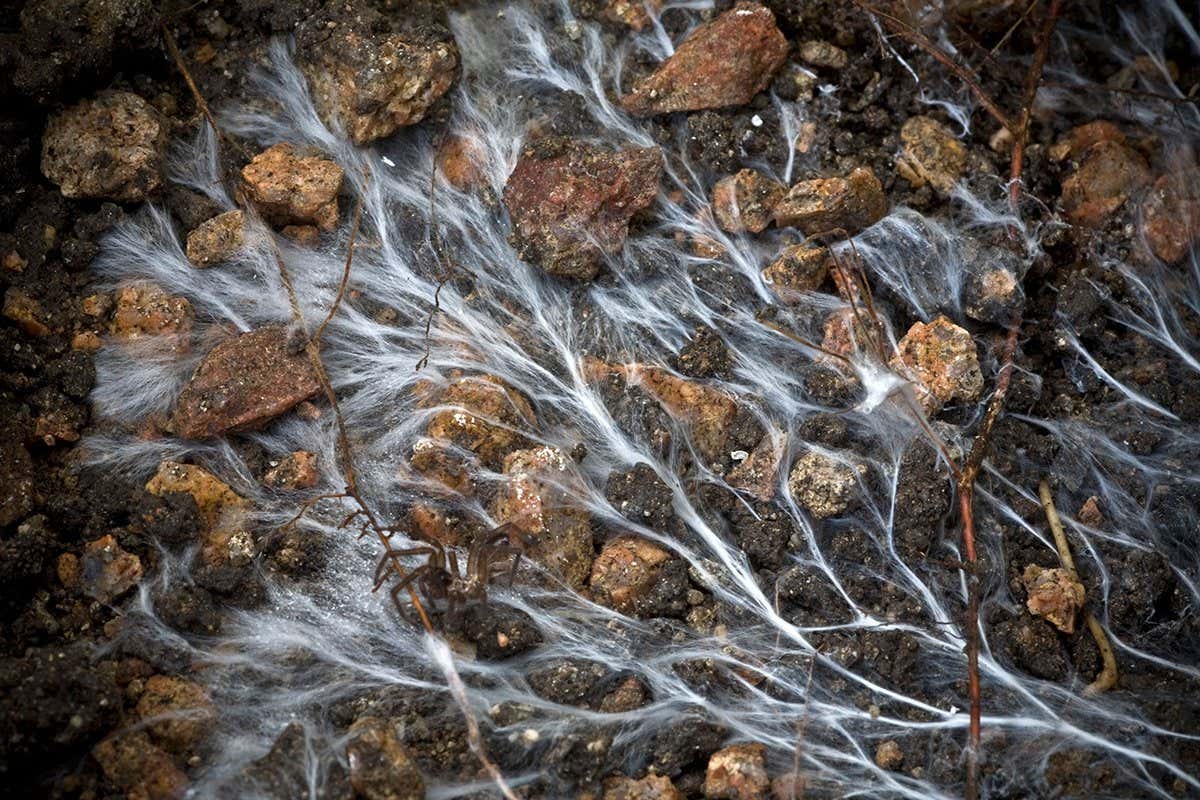Wild Fungi: Boosting Tree Carbon Storage – A Symbiotic Relationship Crucial for Climate Change Mitigation
The fight against climate change hinges on effective carbon sequestration. While trees are renowned for their carbon-absorbing capabilities, a lesser-known player is dramatically impacting this process: wild fungi. Recent research highlights the crucial role these often-overlooked organisms play in boosting tree carbon storage, offering a compelling new avenue for climate change mitigation strategies.
The Mycorrhizal Network: A Hidden Highway for Carbon
The symbiotic relationship between trees and mycorrhizal fungi is a cornerstone of forest ecosystems. These fungi form intricate networks of hyphae (thread-like structures) that extend far beyond the reach of individual tree roots. This vast underground network, often referred to as the "wood wide web," facilitates nutrient exchange between trees and fungi. But its impact extends far beyond nutrient transfer.
-
Enhanced Nutrient Uptake: Mycorrhizal fungi significantly enhance a tree's ability to absorb vital nutrients like phosphorus and nitrogen from the soil. This improved nutrition leads to healthier, faster-growing trees, directly contributing to increased carbon sequestration.
-
Improved Water Absorption: The extensive fungal network improves water uptake, particularly in drought conditions. Hydrated trees are more efficient at photosynthesis and, consequently, carbon fixation.
-
Carbon Storage in Soil: A significant portion of carbon captured by trees is transported through the mycorrhizal network and stored within the soil itself, effectively locking away carbon for extended periods. This soil carbon storage is crucial for long-term climate change mitigation.
Beyond the Basics: The Diversity of Mycorrhizal Fungi
The diversity of mycorrhizal fungi is vast and plays a crucial role in the effectiveness of carbon storage. Different fungal species have varying abilities to enhance nutrient uptake and carbon sequestration. Protecting this biodiversity is therefore essential for maximizing the benefits of this symbiotic relationship.
-
Ectomycorrhizal Fungi: These fungi form a sheath around tree roots, creating a physical barrier that enhances nutrient and water uptake. They are particularly prevalent in forests dominated by conifers and hardwoods.
-
Arbuscular Mycorrhizal Fungi: These fungi penetrate the root cells, forming structures called arbuscules that facilitate direct nutrient exchange. They are widespread and associated with a broader range of plant species.
Conservation Implications: Protecting the Underground Network
Protecting and restoring forests isn't just about preserving above-ground biomass; it's equally vital to safeguard the intricate mycorrhizal networks that underpin forest health and carbon storage. This requires a holistic approach:
-
Sustainable Forest Management: Practices that minimize soil disturbance, such as selective logging and reduced-impact logging, are crucial for preserving mycorrhizal networks.
-
Habitat Restoration: Reforestation efforts should focus on establishing diverse fungal communities, which can be achieved through the introduction of a variety of plant species and minimizing the use of chemicals.
-
Research and Monitoring: Further research is needed to fully understand the complex interactions between trees, fungi, and soil carbon. Long-term monitoring programs can track the effectiveness of conservation efforts.
Conclusion: A Symbiotic Solution for Climate Change
Wild fungi represent a vital, often overlooked, component in the fight against climate change. By fostering a deeper understanding of the mycorrhizal network and its role in carbon sequestration, we can develop more effective strategies for mitigating the impacts of climate change. Protecting forest biodiversity, embracing sustainable forest management, and supporting further research are crucial steps towards leveraging this natural, symbiotic solution. The future of our planet may depend on it.
Keywords: Wild Fungi, Mycorrhizal Fungi, Carbon Sequestration, Climate Change Mitigation, Forest Ecosystems, Soil Carbon, Sustainable Forestry, Biodiversity, Wood Wide Web, Ectomycorrhizal Fungi, Arbuscular Mycorrhizal Fungi.

